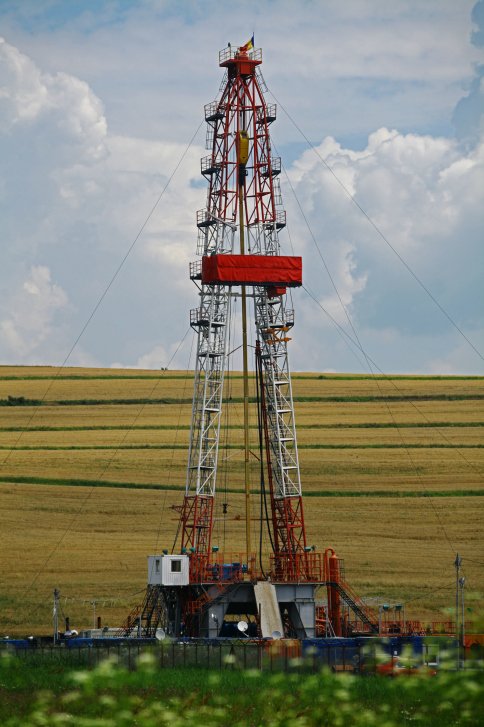Unconventional Oil and Gas Extraction Effluent Guidelines

Background
UOG extraction wastewater can be generated in large quantities and contain constituents that are potentially harmful to human health and the environment. Wastewater from UOG wells often contains high concentrations of salt content, also called total dissolved solids (TDS). The wastewater can also contain various organic chemicals, inorganic chemicals, metals, and naturally-occurring radioactive materials (also referred to as technologically enhanced naturally occurring radioactive material or TENORM). This potentially harmful wastewater creates a need for appropriate wastewater management infrastructure and practices.
- can be discharged, untreated, from the POTW to the receiving stream
- can disrupt the operation of the POTW (for example, by inhibiting biological treatment)
- can accumulate in biosolids (also called sewage sludge), limiting their use
- can facilitate the formation of harmful disinfection by-products
Compliance Date Extension and Remand
The EPA extended the implementation deadline for certain facilities subject to the June 28, 2016 final rule to August 29, 2019. No other provisions of the June 28, 2016 rule were changed. For purposes of this final rule, "compliance date" and "implementation date" are used interchangeably.
Pennsylvania Grade Crude Oil Coalition (PGCC) filed a petition for review of the rule in the U.S. Court of Appeals for the Third Circuit on November 7, 2016. The EPA filed a motion (unopposed by PGCC) for voluntary remand without vacatur, which was granted by the Court on October 3, 2017. The EPA reviewed supplemental data and information, and decided not to revise the June 28, 2016 final rule.
Documents
- Notice of Decision on Supplemental Information (July 5, 2019)
- Supplemental Technical Support Document (June 2019)
- Final Rule: Compliance date extension (December 7, 2016)
- Withdrawal of September 30, 2016 Direct Final Rule (November 28, 2016)
- Direct Final Rule (September 30, 2016)
- Proposed Rule (September 30, 2016)
- Final Rule: Federal Register Notice (June 28, 2016)
- Support documents, including:
- Fact Sheet (June 2016)
- Technical Development Document (June 2016)
Docket
Documents related to the rulemaking can be found on the EPA’s docket at regulations.gov. The Docket Number is EPA-HQ-OW-2014-0598.
Background Document
- Proposed Rule: Federal Register Notice (April 7, 2015)
Additional Information
To obtain more information on the rulemaking, please contact Steve Whitlock (whitlock.steve@epa.gov) at 202-566-1541.
